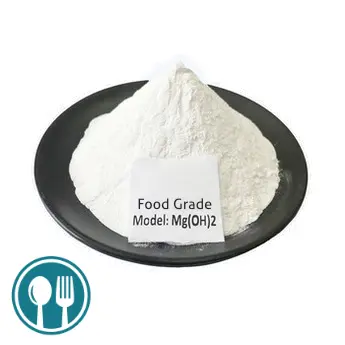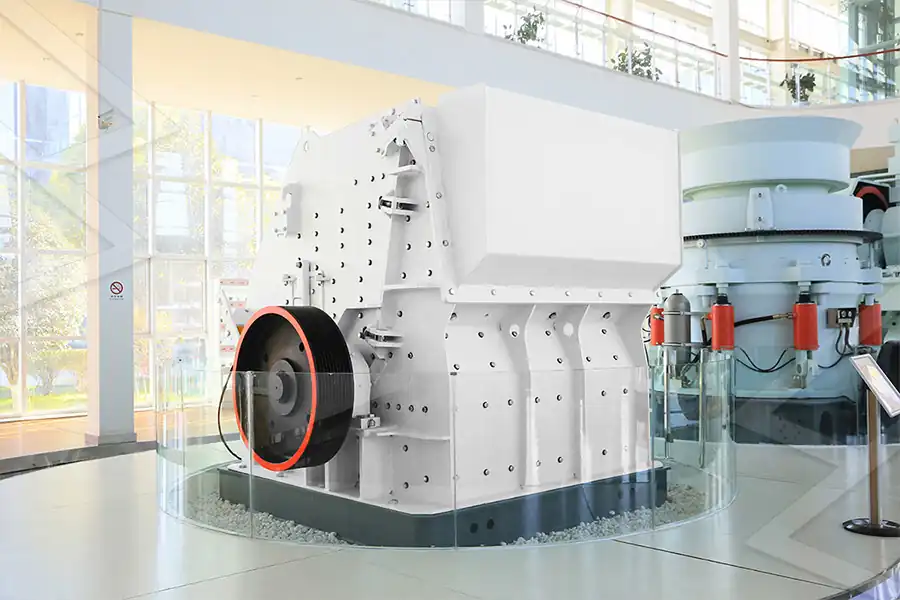Hebei Messi Biology Co., Ltd. stated that there are three main types of brine: the first is brine that is a by-product of seawater salt extraction, bromine extraction, and potassium extraction; the second is the concentrated brine after salt lake extraction, and potassium extraction; the third is underground brine. They all It is an aqueous solution with magnesium chloride as the main substance and sometimes contains a certain amount of magnesium sulfate. In some places with sepiolite and serpentine mines, the soluble magnesium salts produced by the deep processing of these minerals can also be used to precipitate magnesium hydroxide, such as the magnesium chloride aqueous solution produced by acid leaching sepiolite to produce fibrous silica gel. After simple purification of the brine, the precipitant ammonia or lime (calcium oxide or dolomite) is added to produce magnesium hydroxide precipitation. After filtering and washing, the magnesium hydroxide filter cake is obtained. When ammonia gas, ammonia water or lime milk is added at the beginning, basic magnesium chloride is first generated, and when ammonia water or lime milk is continued to be added, it is converted into magnesium hydroxide.
Seawater and brine are important raw materials for the production of magnesium products in the world today. In the actual production process, if specific conditions are not followed, the magnesium hydroxide generated by the reaction will precipitate into fine crystals, making it difficult to settle, filter and wash. , the product has low purity and high impurity content. Therefore, although the principle of producing magnesium hydroxide is simple, producing qualified products is not a simple process.

It is mainly the control of precipitation process conditions that has the greatest impact on the subsequent process and operability. If the precipitation process conditions are improper, it will not only bring difficulties to the subsequent process, but also the purity of the product cannot be guaranteed. For example, when lime precipitation is used, factors such as the degree of hydration and the amount of lime have a great impact on the purity and filtration and washing performance of the product. In the brine-ammonia process, the ammonia flow rate and reaction time seriously affect the magnesium hydroxide filtration and washing effect.

Hebei Messi Biology Co., Ltd. stated that the process flow for producing magnesium hydroxide by brine (seawater)-ammonia (lime) precipitation method is as follows:
First, the concentrated brine is purified, mainly to remove sediment and organic remains, and then the dilute brine with a MgCl2 concentration of about 1 mol/L is pumped into the precipitator; the lime is digested and slag removed to obtain lime milk, which is pumped The precipitator performs a neutralization reaction, first obtaining basic magnesium chloride, and then adding lime milk to obtain magnesium hydroxide. If you want to obtain basic magnesium chloride, during the reaction process, you must control the [OH]/[Mg2+] molar ratio to 0.5~0.9, the brine MgCl2 concentration to 1.5-3.9mol/L, the reaction temperature 10~50℃, and the reaction time 3~60min.
If digested lime, dolomite or ammonia is used as the precipitant, the concentration of MgCl2 in the brine should not exceed 1.5 mol/L (if ammonia is added, the brine concentration should be greater than 2 mol/L). When using lime as a precipitant, be careful not to make the concentration and amount of lime too high, otherwise excessive calcium will be introduced and the purity of magnesium hydroxide will be reduced. Be sure to choose well-burned, well-digested lime or dolomitic ash. After the reaction is completed, the system temperature can be appropriately raised and kept for a certain period of time for aging treatment to promote a more perfect crystallization of magnesium hydroxide or to destroy the magnesium hydroxide sol to achieve the purpose of easy filtration.
The aged system enters the plate and frame filter press for solid-liquid separation, or a suction filter can be used for separation. Depending on the use and transportation conditions, the magnesium hydroxide can be made into powder or paste semi-solid. The content of magnesium hydroxide in the paste-like semi-solid is about 40% to 50%. It can be used directly as a material for flue gas desulfurization or wastewater treatment. Although products of this specification are slightly more difficult to transport, they are easy to use and do not need to be dried and dried. Crushing reduces production costs.
